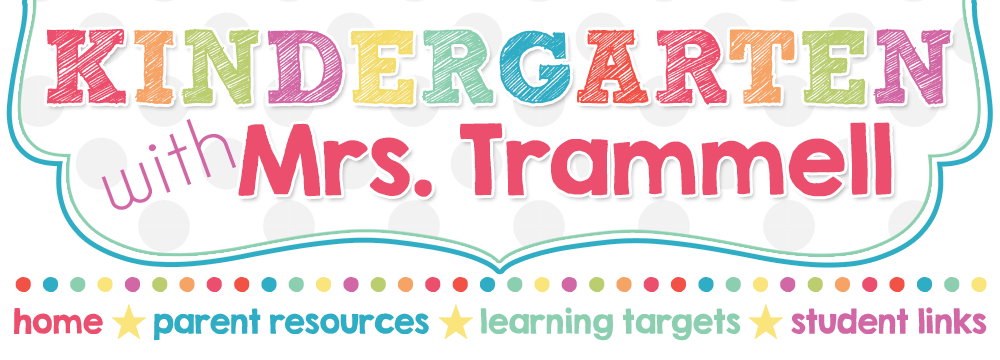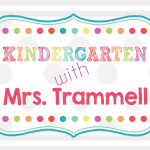We learned that fiction stories have a character in a setting that does something. Ask your child about who the main character in The Snowy Day is and where the story took place (the setting). Look at our thinking map for retelling what Peter did on his snowy day.
Next we read Sneezy the Snowman by Maureen Wright. We loved this story! It was so fun to read when the students could help me read it.
With Sneezy, we remember that stories have a character in a setting that does something, but we also learned that often fictional stories have problems. Ask your child about what Sneezy's problem was. We learned that stories have solutions, too. Sneezy tried lots of things to solve his problem. Ask your child which of Sneezy's attempts at solving his problem was his/her favorite. Then ask them about which solution actually worked!
We talked about how stories have to have a beginning, middle, and an end with fiction, too. Here is a quick picture of how we sequenced the Sneezy story.
Then we read Time to Sleep by Denise Fleming.
We continued our discussion on characteristics of fiction with this book, too. We noticed that a lot of what was happening in the book sounded true like in non-fiction, but with the characters talking to each other, doing things, we realized that it is a fiction book, too. Here is our thinking map for the characters in the story Time to Sleep.
The next time you and your child read a fiction text, think about who the characters are, where they are at, and what are they doing. Is there a problem? If so, how did the character solve it? Encourage your child to retell the story from the beginning to the middle to the end.




















